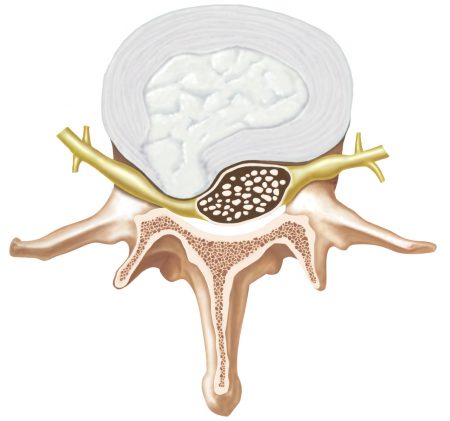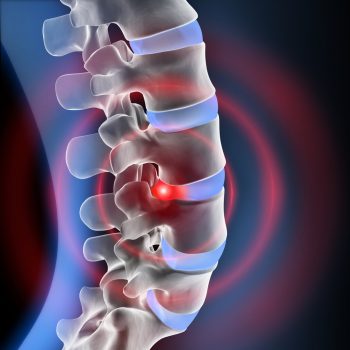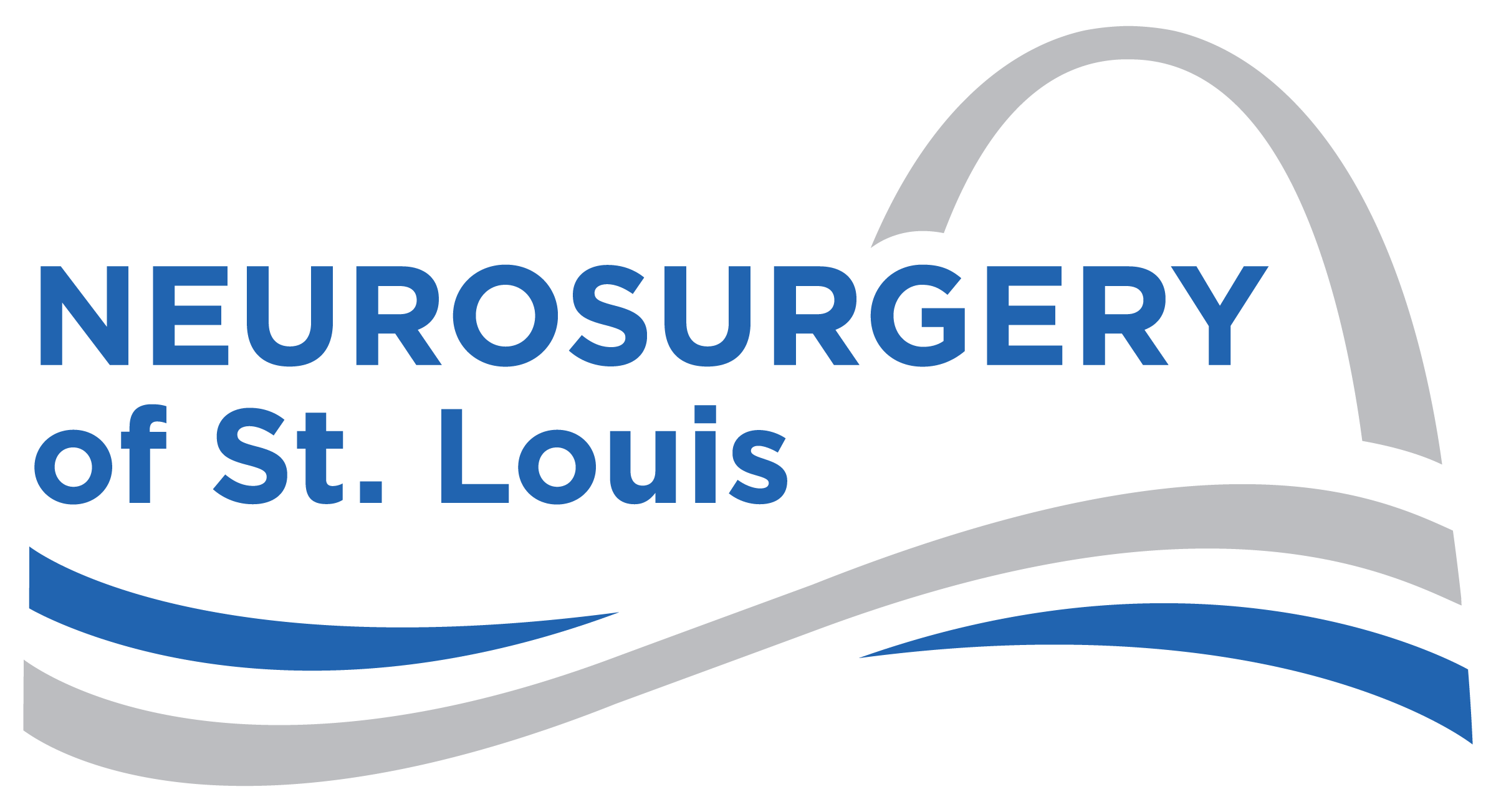Herniated Disc

What is a Disc Herniation?
Discs have soft, gel-like centers and a firmer outer layer, like a jelly doughnut. With time, the outer layer weakens and can crack. A herniated disc happens when the inner “jelly” substance pushes through the crack. The leaked material may press on nearby spinal nerves.
Several factors can contribute to a disc rupture, including:
- Aging
- Excessive weight
- Repetitive motions
- Sudden strain from improper lifting or twisting
Symptoms of a Herniated Disc
A disc herniation causing nerve compression or spinal cord compression can cause arm or leg symptoms depending on where in the spine the disc herniation occurred. Most common symptoms include:
- Shooting arm pain
- Shooting leg pain
- Foot drop (difficulty lifting foot or big toe up off the ground)
- Weakness in legs
- Trouble walking
- Issues with bladder or bowel control
- Clumsiness in the hands

Learn More About Herniated Discs
Symptoms that Require Immediate Attention
Everyone has lower back pain now and then, but if you experience any of these symptoms, or shooting leg pain lasts longer than a week, you need to see a spine specialist as soon as possible.
- Foot drop (difficulty lifting foot or big toe up off the ground)
- Weakness in legs
- Trouble walking
- Issues with bladder or bowel control
Treatments for a herniated disc
- Physical Therapy
- Exercise and Stretches
- Pain Medications
- Surgical Intervention
- Contact Us
Physical therapy with a certified physical therapist is the first line treatment for low back pain or leg pain in many cases, however if this has not worked in conjunction with injections, we can evaluate for other treatment options.
Cervical Traction may be an option for cervical disc herniations to help with arm pain or numbness.
Steroid Injections (either an Epidural or selective nerve root injection) can be used both as a diagnostic and therapeutic treatment option. Using radiographic guidance, a needle is inserted into the epidural space and the area is injected with steroid, anesthetic, or a combination of the two.
This is done by a Pain Management physician, usually an Anesthesiologist or a Physiatrist, board certified in pain management.
If you are unable to get sustained pain relief from nonsurgical treatment and/or your quality of life has not improved, then surgical intervention to decompress the never may be the best treatment for your pain. If weakness is associated with your pain, then surgery may be first line treatment.
Learn more about lumbar microdiscectomy.
Ready to learn more? Contact us today to get started.
Make an Appointment
New & Existing Patients: Request An Appointment
New and existing patients may request an appointment by filling out the form below. Someone from our team will be contacting you to schedule an appointment time.

